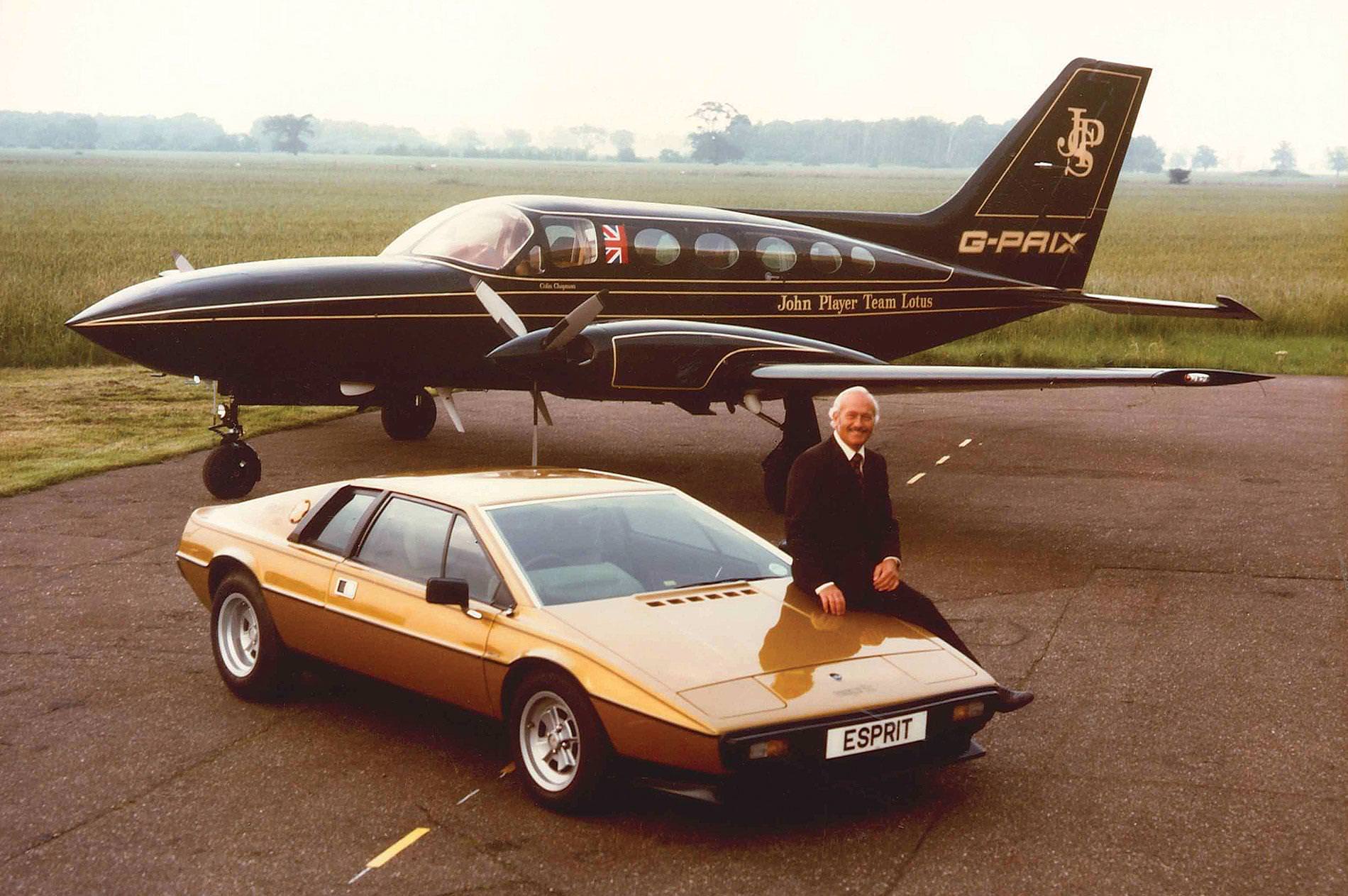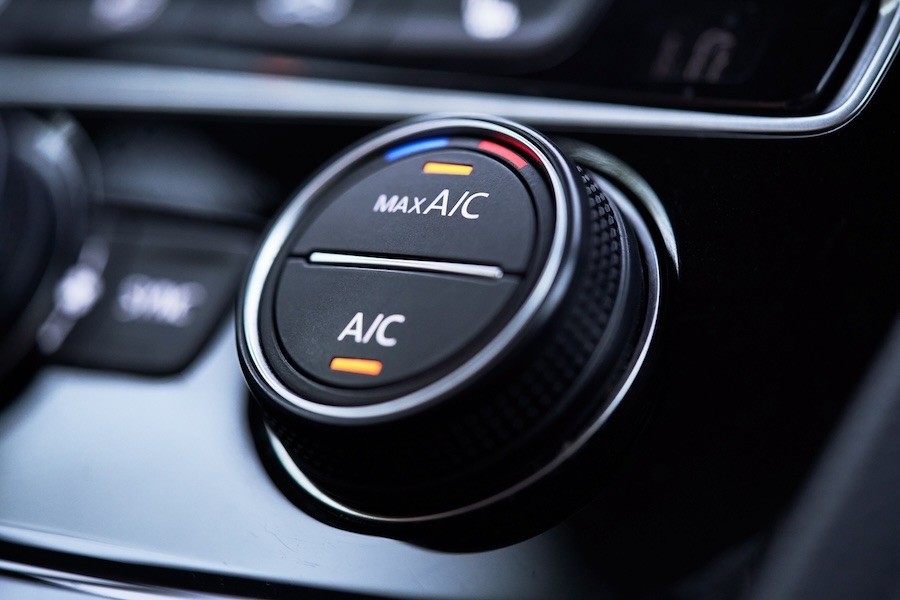Unsprung Weight: Why Does it Matter
One of the essential mantras of the car world is that weight is the enemy. When it comes to your car’s performance, every extra pound requires additional effort for your car to speed up or slow down. Lighter is almost always better. But the influence of weight can vary depending on where on the car it’s located, and “unsprung” weight is particularly undesirable.
Reducing your car’s unsprung weight can improve its ride quality, acceleration, handling, braking and fuel economy.
Here’s everything you need to know.
What is Unsprung Weight
To understand what unsprung weight is and why it matters, we need to start with the basics.
Boil a car down to a fundamental level and it is, conceptually, a big box sitting on four springs which are, in turn, resting on four much smaller boxes. The four smaller boxes are touching the road, but the big box touches only the springs.
Can you picture it? The big box is called the “sprung weight” since it is supported by the springs, while those smaller boxes touching the road are the “unsprung weight.”
So unsprung weight is simply all of the car’s stuff that isn’t supported by the suspension’s springs – its wheels, tires, brakes, lug nuts, hubs and so on. The sprung weight is everything else – the cabin, body panels, engine, transmission, seats, glass, the bag of Skittles you left in the cupholder.
Then there are bits that straddle both categories. Depending on which end of them you look at, the suspension links, parts of the steering system, axles, springs and dampers can be sprung or unsprung weight depending on their mounting points. For instance, the control arms of a front suspension are sprung weight on one end and unsprung weight on the other.

Why You Should Care About Unsprung Weight
Unsprung weight has a pronounced influence on ride quality and handling. This is because unsprung weight directly interacts with the road surface.
When a tire encounters a bump in the road, the unsprung weight is abruptly accelerated upward. The resulting force of this action must be managed by the springs and dampers, but there’s only so much they can do to isolate this force from the sprung weight.
Imagine trying to catch a wiffle ball versus a bowling ball and it’s clear: the heavier the unsprung weight, the higher the force and the more effort it takes to get it back under control. Minimizing the force helps ride quality and improves the contact of the tires with the road, increasing grip and predictability. One way to minimize the force would be to avoid all bumps. The other way is to reduce the unsprung weight.
Of course, the same is true for dips and potholes in the road, only in reverse – the suspension has to control the rapid descent of the unsprung weight. The heavier it is, the harder it is to control and the more you feel it in the seat of your pants.
Efforts to Reduce Unsprung Weight
Racers jumped on the benefits of reducing unsprung weight very early. Back in the 1950s and 1960s they were using lightweight magnesium and aluminum wheels to shave crucial pounds. The benefits were clear, and it didn’t take long for the automakers to catch on.
Over the decades, automakers have reduced unsprung weight through a variety of approaches. One of the biggest reductions came when live axles gave way to independent suspensions. This slashed unsprung weight by deleting axle tubes and moving the heavy differential into the sprung weight category.
Replacing components made of heavy iron and steel with lighter aluminum replacements has also allowed automakers and DIYers to reduce unsprung weight. Suspension links, wheel carriers and the centers of disc brake rotors are commonly aluminum today. The friction portions of the brake rotors are still typically iron, save for the pricey carbon composite offerings found on some premium performance vehicles like the Chevy Corvette E-Ray. This is also technology pioneered in motorsports and is used by all Formula 1 teams.
In fact, swapping brake discs and wheels with lighter replacements has an additional upside beyond reducing unsprung weight. These parts rotate, and reducing the weight of parts that spin reduces inertia. Lower-inertia components require less energy to accelerate and decelerate. They also exhibit less of a gyroscopic effect, which can adversely affect steering response.
How to Reduce Unsprung Weight
One thing to keep in mind is that the lighter the vehicle, the more sensitive it is to the effects of unsprung weight. When engineers design a new vehicle, they try to ensure that the amount of unsprung weight stays below a certain percentage of the sprung weight. Their focus is on the relationship between these two types of weight, because as cars get heavier, the additional poundage mostly ends up as sprung weight.
This is because, on a heavier vehicle the sprung weight is less sensitive to the forces generated by the movement of the weight of the unsprung components. The flip side to this is that the lighter the vehicle, the more sensitive it is to the movement of that mass and the harder it becomes to ensure the unsprung weight is light enough.
For owners of modern cars, it can be difficult to make meaningful reductions in unsprung weight. Most new cars already have cast aluminum wheels, so installing a set of forged aluminum wheels will save crucial weight in most cases. Before buying wheels always investigate their weight in the size you are shopping. You could also swap out your steel lug nuts for titanium ones, but don't go thinking it’ll make a big difference.
Owners of older cars have more options. If you have steel wheels, even affordable cast aluminum wheels should be significantly lighter. You’ll notice the difference in ride quality and it won’t break the bank. If you’re older car has drum brakes you can also do a disc brake conversion, which will usually save some mass, in addition to stopping your car better. DIY-friendly disc brake conversion kits are available for many applications. Affordable front suspension kits with lighter aluminum or tubular control arms are also readily available.
Beyond that, things start moving into the territory of science projects. Carbon ceramic brake discs haven’t really penetrated the aftermarket scene, so you’re pretty much on your own to figure out how to retrofit them from some OEM application to your ride. Same goes for converting from live axle to independent rear suspension. If you really want to do this, start with an SN95 Mustang – the factory made them with both types of suspension, so converting from one to the other is a bolt-on affair.


